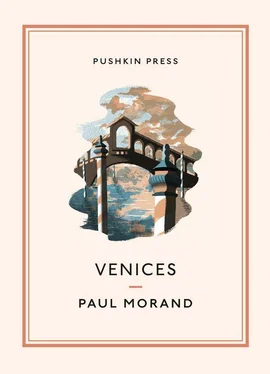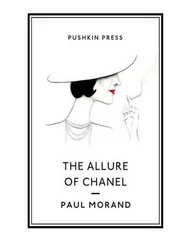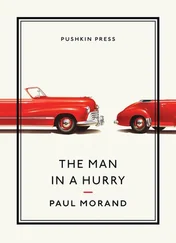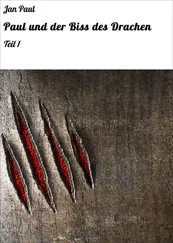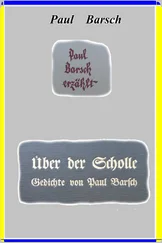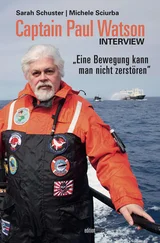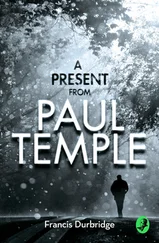This new account of a conflict between mother and son seems closer to reality than the earlier one. For Proust, Venice is the city of his unconscious (1900 style).
Each of us has his dead-weights ; the best known are perhaps the least obscure, those one can get away from. Proust, the very image of the introvert, contrasted with that exemplar of the extrovert, Casanova.
Where was the Venice of Proust if not within his own self? Throughout the whole of À la recherche, Venice continues to be the symbol of freedom, of his freeing himself from his mother, in the first place, and from Albertine later on; “Venice is the image of what passion prevents him from realising”; Albertine conceals Venice from him almost as if love was blocking out all other joys.
In reality, Proust returned to Paris in late May 1900, with his mother. In the autumn, he took his revenge; stubbornly determined, he went back to Venice, alone this time, just as he had wanted to do. He stayed there for ten days in October 1900, not at the Danieli, but at the Hôtel de l’Europe, opposite the Salute. “This mysterious visit,” writes Painter. Psychologically, perhaps, but not in a literary sense, since La Fugitive has given us some celebrated passages, describing the Narrator’s solitary wanderings “through humble campi and little abandoned rii ”, in an ardent search for Venetian girls, “alone… in the middle of the enchanted city, like a character in the Arabian Nights ’”.
Proust was the masked prince of a Serenissima that was far from serene, of a Venice that was very different to the city of banquets, ceremonies and fanfares that had greeted Adrien Proust, Marcel’s father, in October 1892, when as a professor of hygiene he had represented France at an international health conference that took place in Venice.
For peace of mind, I thought as I left San Lazzaro, better to choose another city to the androgynous Venice, “where you never know where the land ends, or where the water begins”, as Elstir tells Albertine.
THREE VENETIAN CAFÉS
OVER THE YEARS, three Venetian cafés have remained unchanged for me. In the mornings, it’s the one at the foot of the Accademia, under the shelter of the bridge; the glass of orange juice is on a level with the Canal. At about ten o’clock, the sun is facing you; the air is still fresh and its invigorating breeze is blown straight from the sea. Seated at this little café, almost beneath the arch of the bridge, I’m reading See Venice and Die by James Hadley Chase. It’s in the “Série Noire” series, that last refuge of the romantic… “With one hand, Don seized his adversary by the throat; with the other, he delivered a hook to the jaw; Curzio fell into the canal…”
In this secretive republic, where smothered bodies are found weighted down or are drowned discreetly off Sant’Ariano, such brutal uppercuts direct to the body ring a bizarre bell. There is a symmetry there that adds spice to the antithesis.
At night-time my café is at La Fenice. The little piazza contains two churches, the theatre, a large restaurant and the theatre bar. Something of everything has been performed in this square, from Carlo Gozzi to Georges Courteline. A thick curtain of white polygonums conceal the lanterns and filters the smoke from the bar full of hippies, with their vague, drugged expressions, looking like frogmen who have been forgotten beneath the water. The square is lit by projectors which darken the ribbon of sky and cause the sheen of the stone to dazzle and the columns to loom out of the shadow; it’s between God and the Muses as to who has most to boast about; everything here has been created by man, for man; everything is so well balanced, so well accommodated over the invisible water below and all the plans so harmoniously compatible that you feel as happy as you do when you’re drunk.
When the weather is scorching hot, there is another cafe, on the Campo San Zanipolo, where you can take a siesta behind the pages of the Gazzettino without being disturbed. Above you is the Colleone statue, and behind, the Ospedale; to left and to right is the church of Santi Giovanni e Paolo, the Gothic pantheon of the most famous doges, Mocenigo, Morosini, Loredan, as well as the tomb of Sebastian Venier, who commanded the fleet at Lepanto, thus avenging that poor Bragadin to whom the Senate erected a monument, in this very nave, as consolation for his having been so badly treated by the Turks. In Eastern countries, there is no more unforgivable crime than to pose as a victor when one has been defeated. In the sixteenth century, Famagusta, exhausted by a lengthy siege, surrendered to the Turk. The Venetian admiral, Marcantonio Bragadin, the defender of the city, gave himself up to the pasha who very courteously invited him to dine. Bragadin, with an escort of great magnificence, arrived at the banquet beneath a red silk parasol, the Asiatic symbol of suzerainty. The pasha was so deeply offended that he had Bragadin arrested before he left the table; the admiral’s nose and ears were chopped off; his execution was postponed three times; for ten days running he was hauled before the pasha and made to kiss the ground; after which, he was flayed alive ( scorticato vivo ); his corpse, stuffed with straw, was paraded through the city on a cow, before being dried and shipped to the arsenal in Constantinople.
After the battle of Lepanto, the Venetians recaptured the city. Today, Bragadin lies in this beautiful Gothic nave of Santi Giovanni e Paolo.
In the seventeenth century, another Bragadin was caught slipping a note intended for the Spanish ambassador into a crack in a church bench and was hanged between two columns in the Piazzetta. A third and no less unfortunate Bragadin, an alchemist, had tried to sell the Doge a recipe for making gold; he was imprisoned, but escaped and fled to Bavaria, where he hoodwinked thousands of people and lived like a king. In Munich, the executioner decapitated him with a two-handed sword.
A century later, it was yet another Bragadin, a former Inquisitor, who became the young Casanova’s first guardian; on the pretext of teaching him the cabbala, Casanova used to hoodwink him.
From the corner of my little Zanipolo café I can see Colleone; at whom is this piercingly defiant gaze directed, at his contemporaries or posterity? How could such a resolute, well-established captain have managed to possess such unpredictable supporters that he exchanged them as often as he changed his shirt? (Even in his own time, it was said of the condottieri that they were splendid fighters, but that “they never got much blood on their shirts.”) The whole of this great rascal’s life was spent fighting for Venice against Milan, or for Sforza against the Council of Ten; they do not appear to have held this against him, because every time he deserted them the condottiere came back to renew his offers. It is hard to put oneself into the fifteenth-century frame of mind; (even in our age of mercenaries): how can those fine heads, whose images Donatello, Uccello, Antonello da Messina, La Francesca and Vinci have bequeathed to us, have been those of ordinary military leaders, without any of them being killed? Do they lie, this terrible face of the Bergamask, this supercilious head, these hawk’s eyes, this unforgiving mouth, this sly expression? Should the credit go to Colleone himself, or to his band of adventurers who were all the more loyal to him because he looked after his men and paid them well; better than he was himself; we can see from his accounts which survive that the Senate of Venice quibbled over his pay, ducat for ducat, only discharging their obligations after long delays, having first tried to obtain a reduction (each did his best to swindle the other).
Читать дальше
